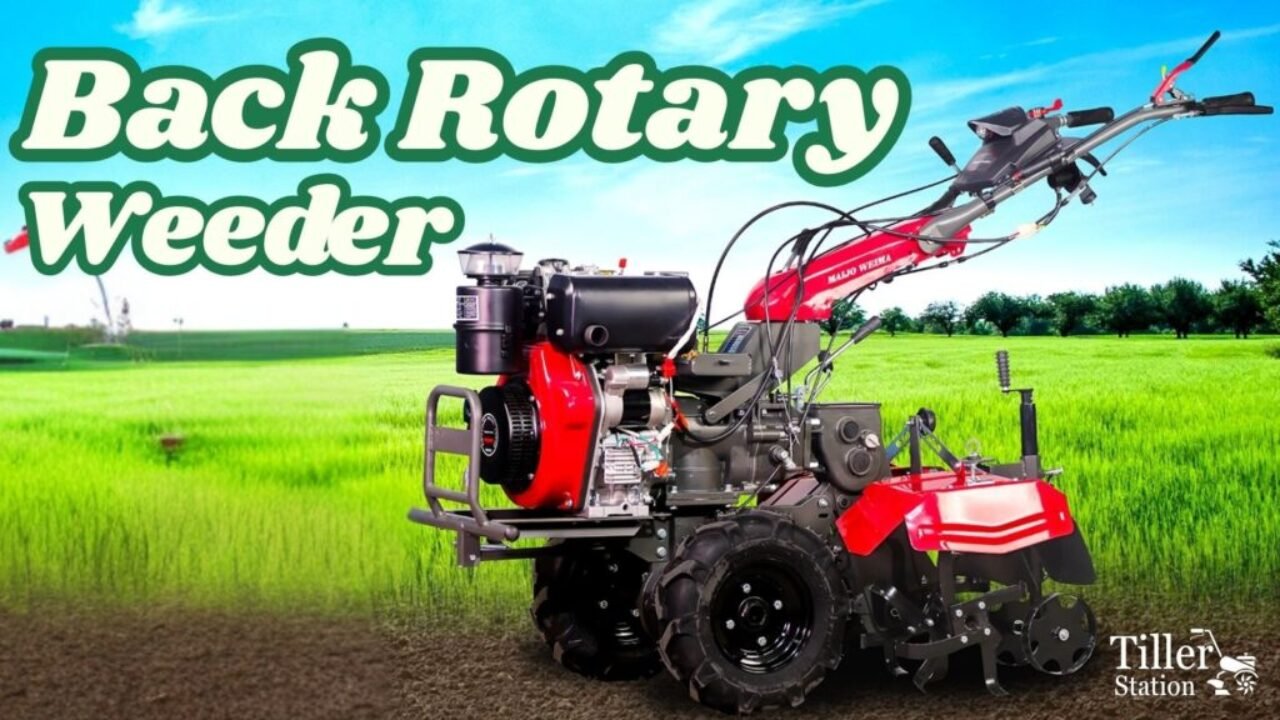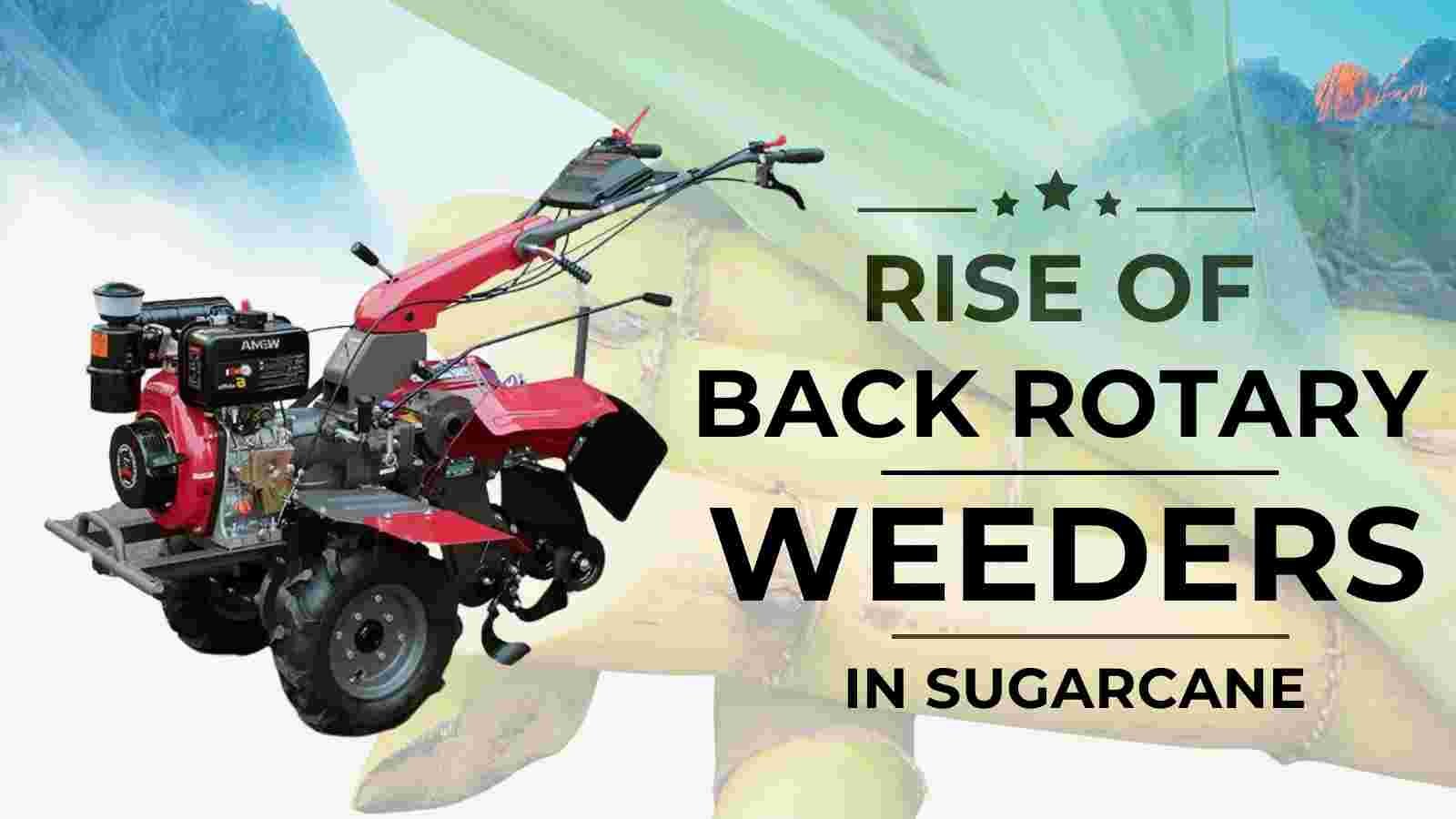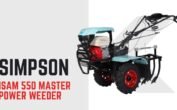The Back Rotary Power Weeder has emerged as an essential farm implement in India, providing farmers with efficient and mechanized solutions to manage soil preparation, weeding, and cultivation. With agriculture shifting towards mechanization driven by rising labor costs and increasing demand for productivity, the market for these machines has grown rapidly. Currently, the overall market size is estimated at more than 50,000 units annually across India, with clear demand patterns based on crop type and regional preferences.
Two distinct versions dominate the market: diesel-powered and petrol-powered back rotary weeders. Diesel back rotary models are extensively used in states like Maharashtra and Western Uttar Pradesh, which have a strong presence of crops such as sugarcane, vegetables, and plantation crops. Farmers in these regions prefer diesel engines for their high torque, fuel efficiency, and durability under heavy workloads. On the other hand, petrol back rotary weeders find acceptance in Tamil Nadu, Karnataka, Eastern Uttar Pradesh, and Bihar. These areas cultivate more vegetables and fruits, where farms are relatively smaller and soils lighter. Petrol units are favored for being compact, easier to handle, and more suitable for horticultural applications.
The applications of back rotary weeders are diverse. Farmers primarily use them for soil aeration, weeding between crop rows, and cultivation before or after sowing. In addition, multiple attachments make the machines versatile. Popular attachments include ridgers for creating soil ridges essential in crops like sugarcane or potato, cage wheels for traction in wet soils, cultivators for secondary tillage, and hitches for towing smaller implements. A unique functionality of the back rotary system lies in its ability to operate both forward and reverse rotary shafts. Farmers often prefer this dual-directional system because it not only weeds effectively but also helps in ditching and throwing soil around plants, an important task for crops requiring earthing-up. Models that operate only in a forward direction are considered less effective and hence less accepted in the market.
From a market structure perspective, the Indian back rotary segment is still highly dependent on imports. Around 95 percent of machines sold in the country are sourced from Chinese manufacturers and distributed by local importers. This has created a pricing advantage, but it also poses challenges of dependency and limited supply chain control. Only a handful of companies such as VST Tillers Tractors, Simpson & Co. Ltd, Greaves and BCS manufacture these machines domestically. Among the prominent players in the Indian market are Shrachi, VST, Kirloskar, George Maijo, and Kisan Kraft, while newer entrants include Simpson and Renaaissance Power who are attempting to develop localized solutions.
Despite the dominance of imported machines, there is a growing opportunity for indigenous manufacturing. Rising farmer demand, diverse cropping needs, and the necessity of region-specific customization create space for domestic companies to innovate. Opportunities exist to develop durable Indian-made machines with better after-sales support and attachment compatibility. On the downside, challenges remain in farmer awareness, training, and service network coverage.
The back rotary power weeder market in India is vibrant, demand-driven, and segmented across regions and crop requirements. With its current size exceeding 50,000 units annually and growing, the segment offers immense opportunities for import substitution and innovation. Diesel remains the preferred choice in heavy-duty sugarcane- and plantation-dominated areas, while petrol has carved its niche in horticulture and vegetable production zones. As the industry evolves, localization, customization, and service excellence will define the success of future players in this segment.




